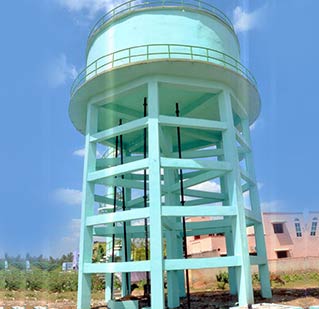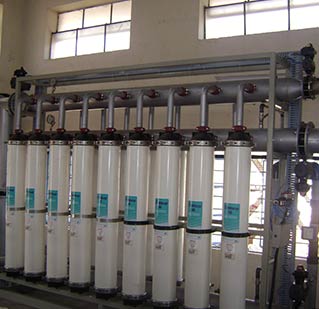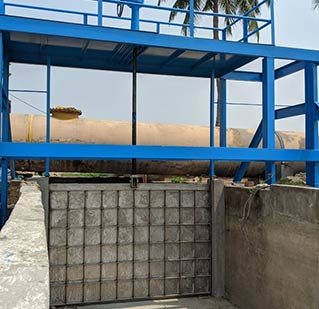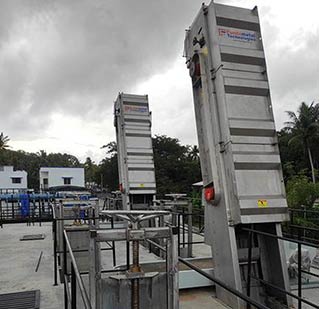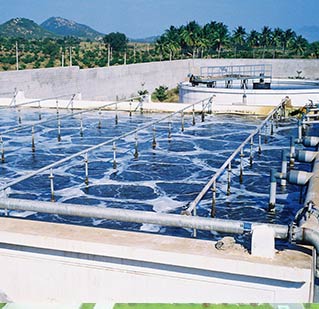With the objective of providing basic services (water supply, sewerage, urban transport etc.) to urban households as a national priority, the AMRUT scheme has been initiated by the Government of India on 25.6.2015 in the form of a centrally funded scheme of urban development in which one lakh Urban bodies with more than the population of 60 urban bodies of the state are covered in this scheme, the duration of the scheme is 2015-2020 (5 years).
Under the scheme, smooth functioning of water supply, sewerage and septage management is to be done during the plan period. Under the AMRUT program, Jal Nigam/C&DS has been designated for the preparation of estimates and construction of drinking water, drainage and solid waste management setups.
For the financial year 2015-16, Rs.1519.19 crore for water supply, Rs.1697.62 crore for water harvesting and Rs.70.45 crore for green land and parks, a total of Rs.3287.26 crore State Annual Action Plan (SAP) has been constituted at the Government of India level. Approval was given by the 5th Apex Committee on 05.12.2015. On the basis of SAP approval, the Government of India has made available 20 percent amount of Rs.281.81 crore to the State Government on 28.12.2015 as first installment against the total amount of Rs.1409.60 crore.
For the financial year 2016-17, Rs.2017.42 crores for water supply, Rs.1795.84 crores for water harvesting and Rs.81.90 crores for green land and parks, totaling Rs.3895.16 crores (SAP) was given approval by the Tenth Apex Committee constituted at the level of Government of India. On the basis of SAP approval, the Government of India has made available 20 percent amount of Rs.327.60 crore to the State Government on 08.08.2016 as first installment against the total amount of Rs.1638.00 crore.
A total of 270 projects for 172 drinking water and 98 water harvesting under AMRUT scheme, with a total estimated cost of Rs.11399.96 crore, have been approved by the State Level High Powered Steering Committee (SHPSC). Work has started on 145 schemes for drinking water and 80 schemes for water harvesting, totaling 225 schemes.
Against the amount of Rs.4145.48 crore for the remaining mission period (FY 2017-20), Rs.1996.02 crore for water supply, Rs.2149.46 crore for water harvesting (SAP) has been approved dated 15.03.2017 by the Seventeenth Apex Committee constituted at the level of Government of India.
So far, the total amount released for drinking water is Rs. 3253.71 crore (work+centage) up to April 2022 against whicjh, Rs. 3083.38 crore (work+centage) was spent. Against which, the total amount released for drinking water house connection (about 7.99 lakh nos.) and sewerage of Rs. 4845.34 crore (work+centage) as of September, 2019 against Rs. 4672.40 crore (work+centage) was spent, against which about 5.97 lakh nos. sewer house connections have been made available."
Urban areas with a population exceeding 60,000 are eligible for coverage under the AMRUT scheme.
Improves urban infrastructure, enhances quality of life, and promotes sustainable urban development through better water supply, sewerage, and solid waste management.
Local urban bodies apply for funding through their respective State governments, which then submit proposals to the Government of India for approval and funding allocation.
Detailed project proposals including estimates, feasibility studies, and project plans are required for funding approval under the AMRUT scheme.



